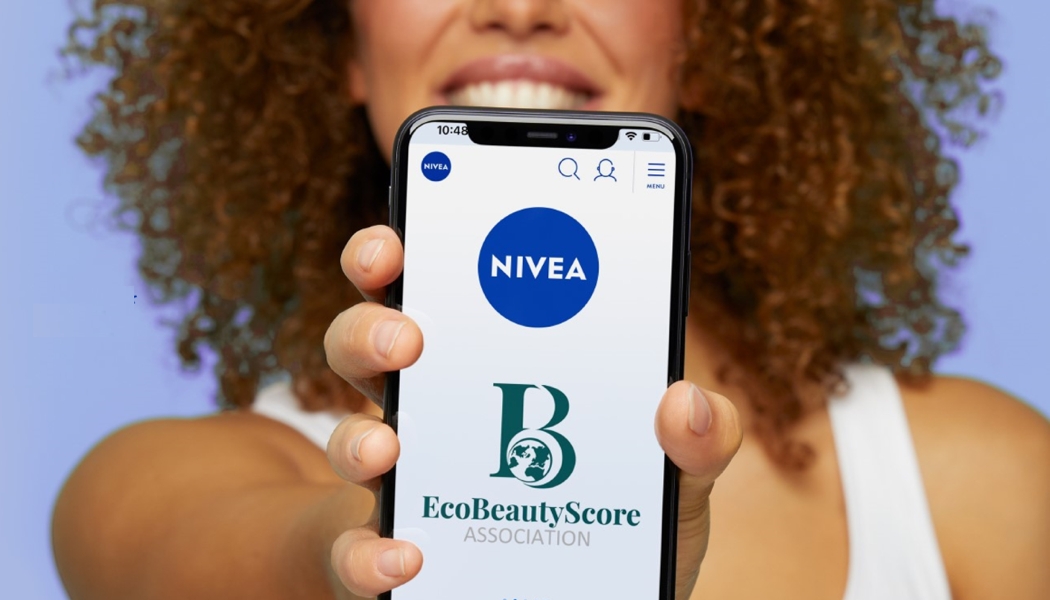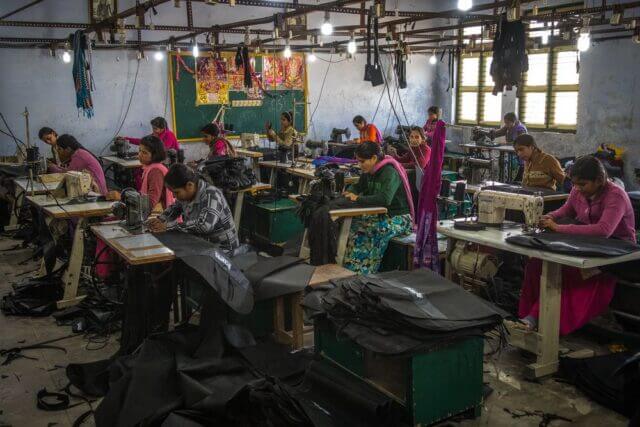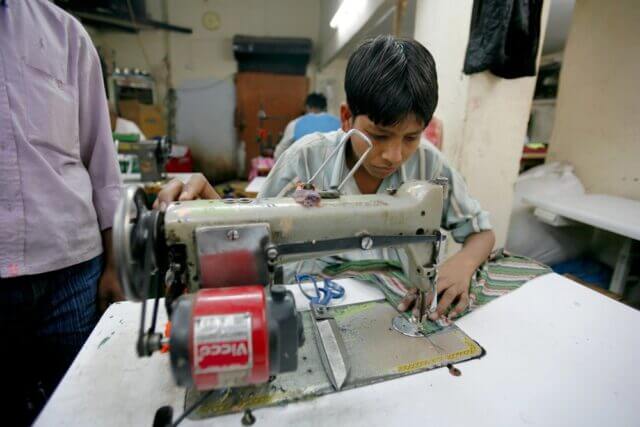France is curbing fast fashion’s environmental impact with a new law demanding transparency, recycling, and no ads.
Thanks to social media, fashion is akin to a dopamine hit, and brands like Shein and Temu have taken over the world with overconsumption of their trendy, inexpensive clothes. The allure of fast fashion is so strong that while the world shut down in 2020, retailers like Shein experienced billion dollar successes and revenue growth by 150%. As these fast fashion brands continue to grow, the cost to the world- microplastic pollution, water scarcity, landfills greenhouse gas emissions, etc.- are becoming too much for our planet to bear.
Now, governments are reining in fast fashion brands to curb fast fashion’s environmental impact. France, one of the biggest fashion markets, has introduced new rules aimed at stopping harmful practices in the industry. These laws are set to shake up how brands operate and could reshape the future of fast fashion.
The Rise of Fast Fashion Giants: Shein and Temu
In 1980, the average American purchased 12 new items of clothing. Today, that number is closer to 70 and most of those items are worn 3 times. That number has ballooned, thanks to fast and ultra fast fashion brands. Over the last fifteen years, Shein and Temu have steadily risen and now hold a large chunk of the global fashion market. Shein, launched in 2008, became famous for offering an endless array of trendy pieces at bottom prices. It appeals mostly to teens and young adults who want style without spending a lot. Temu entered the scene later, gaining quick popularity through aggressive online marketing and ultra-cheap products.
11 Dirty Fast Fashion Statistics You’ll Want To Know
Fast fashion brands use low-cost production methods. Massive quantities of clothes are made in factories with cheap labor that are oftentimes unverified to meet labor laws. By some estimates it can take as little as 10 days for garments to go from a concept to the finished garment. This quick cycle keeps them ahead in fast-changing trends while offering shoppers 10,000 new items daily.
So what’s the true cost of fast fashion’s environmental impact? Its big environmental footprint. Industry data shows this sector produces tons of waste, consumes lots of water, and contributes heavily to pollution. Plus, concerns rise about poor working conditions and unfair wages in factories. These issues harm both the planet and the people behind the seams. Here are a few fast fashion about the industry’s harmful impact:
What Is France’s Anti-Fast Fashion Law About?
On June 10th, France’s Senate approved a revised version of a law regulating fast fashion that would ban advertisements from Shein and Temu. The “clarifications (made by the Senate) make it possible to target players who ignore environmental, social, and economic realities, notably Shein and Temu, without penalising the European ready-to-wear sector,” Jean-Francois Longeot, chair of the Senate’s Committee on Regional Planning and Sustainable Development, said in a press release.
Read Highlights From The 1st U.S Fast Fashion Waste Report
Elsewhere, the bill targets the fast fashion giants with eco-taxes and sustainability disclosures. These brands must disclose how their clothes affect the environment and where their materials come from. There are also strict rules on recycling clothes, making it mandatory for brands to create systems that encourage recycling and reuse. Fake sustainability claims? They could lead to hefty fines.
The laws came into effect at the start of 2024, with some deadlines set for the coming months. Fast fashion’s environmental impact must be shown to consumers along with proof of brands’ efforts to curb their environmental impact through detailed reports.
France aims to cut the harmful effects of fast fashion’s environmental impact. By aligning with the European Union’s rules, they will push the entire industry toward greener choices. The goal is clear: make fashion more planet-friendly and socially fair. For these brands, transparency is no longer optional, it’s mandatory. They might need to reveal where their fabrics come from or how they handle waste. Plus, they’ll need to invest in recycling programs, which could mean big changes in how they operate.
Laws like these could force fast fashion brands to genuinely focus on sustainable production methods instead of greenwashing campaigns. They might highlight steps they’re taking move away from plastic-based materials like polyester. or working with factories that recycle water and use non-toxic dyes. Innovation in sustainable materials and design might even become a competitive edge under this new legislation.
Impact on the Industry Globally
When a major market like France enforces legislation like this, international brands must adapt everywhere. France’s laws may inspire other nations to follow. This domino effect could slow down the rapid growth of fast fashion and push more brands to prioritize sustainability. It comes at a perfect time. Today, more shoppers seek responsibly made clothes. Social media and advocacy groups play a big role in spreading awareness and encouraging ethical shopping through movements like #deconsumption, #buynothng, and #whomademyclothes.
Stricter laws around transparency and advertisements might also encourage more consumers to avoid buying into the dopamine hit of fast fashion. Some may turn to more sustainable brands, slow fashion, or even repairing clothes. Globally, we could see a decline in fast fashion and a rise in brands that put the planet first.
2024 Is The Time To Break Up With Fast Fashion Companies
The new French regulations could be a turning point for fast fashion. They challenge brands to rethink how they produce and market clothes. With transparency and innovation, the industry can become more ethical and less harmful to our planet. The future of fashion depends on how well brands embrace these changes and how consumers support those making a real difference.
If brands want to thrive, they will need to invest in better production practices. Honest communication with consumers about their efforts will also build trust. Governments and brands working together will turn fashion into a more responsible industry.







